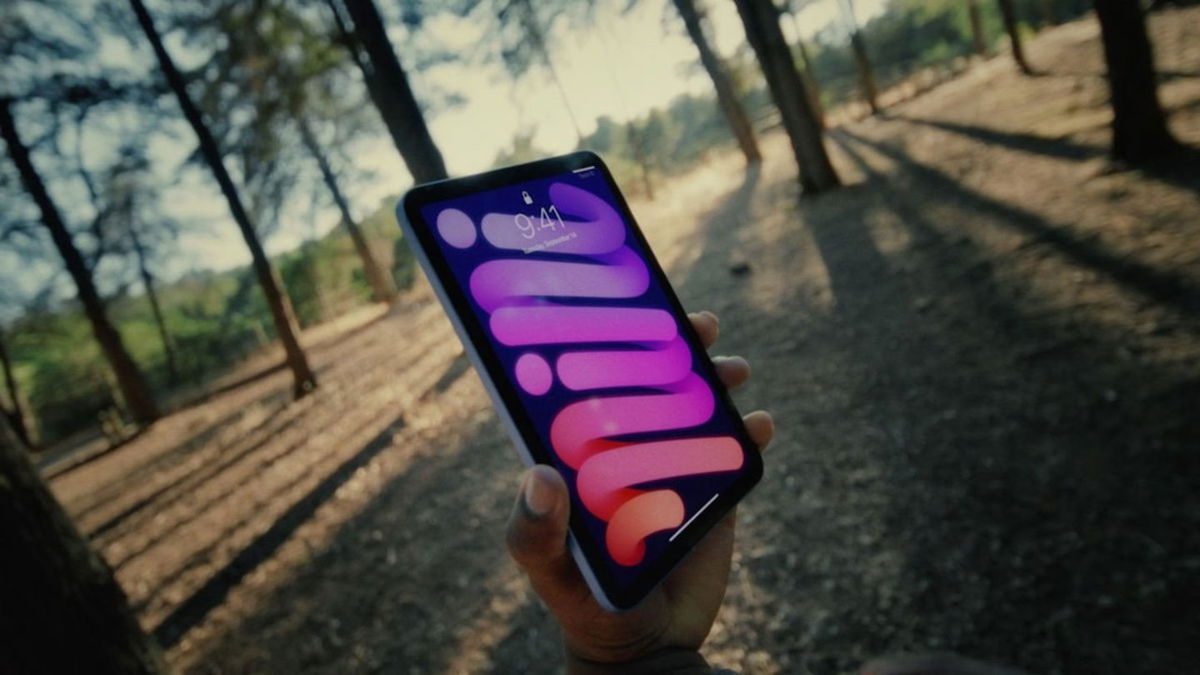This text was written by a TecMundo columnist; Learn more at the end.
We saw it on social media and a series of fitness challenges across digital content channels. Among the most viewed are the likes of Igor 3k from the Flow podcast, Serjão from Space Today and more recently “The Noite” host Danilo Gentili and Vilela from Intelligence ltda. Former MMA athlete Anderson Silva, who accepted the challenge of exercising regularly alongside the podcast.
Similar challenges such as “Medida Certa” were held on public television a few years ago. We know it’s not an easy task, but influencers seem to be doing a good job. What is behind their success in exercise?
I can talk about some factors that affect the exercise adaptation process. But first this is very important Understand that in science we call this behavior change and that it is truly a process, not just a key change that happens overnight..
From the moment we begin to think about changing something in our life, from the moment we consider the possibilities of eating better or sleeping better, exercising, reducing or quitting smoking or other addictions, to the actual change and maintenance of the behavior adopted in life is a process of change. change in which there are improvements (positive) and relapses (negative).
In this model, called transtheoretical behavior change, there are some stages created by two psychologists in 1982, that is, the stages we go through for change. The stages range from one’s refusal to exercise, to evaluation of initiation, decision, organization and preparation, to difficult initiation and maintenance.
Everyone experiences this, but some aspects of fitness challenges seem to make the process easier. Find out what they are below:
Professional support
Following physical education professionals on fitness channels is crucial to the success of the challenges, as they include personalized training that can bring greater results, according to some studies.
The professional next to the practitioner is, above all, a companion. One possible phenomenon that emerges is that people change their behavior when observed and try to do better; This characterizes the so-called Hawthorne Effect. Especially if it is seen by thousands of people on YouTube and social media.
In addition, the relationship established between the coach and the student also contributes to the formation of social bonds. A recent study showed that social engagement makes students responsible for the educational program, which motivates them to participate even if they do not want to; This is common at the beginning of a journey.
Ongoing physical assessments that measure body weight, fat percentage, and measurements can improve competency if the practitioner sees some results, however small, on the body. On the other hand, excessive overload created by practitioners at the beginning may work against compliance as it will cause high levels of muscle soreness in the late period.
We cannot forget the motto: “Your movements inside the gym should not worsen your movements outside.”
Individualization is very important in educational prescription. In challenges, practitioners are trained individually according to their needs and limitations. So why follow a workout copied from a fitness blogger? Each person reacts differently to training stimuli, so follow the individual prescription of a professional.

Environment
You may have heard that “the environment is the invisible hand that shapes human behavior.” This sentence belongs to James Clear, who studies habits. The exercise environment also affects our behavior.
A systematic review showed that people who reported dislike of physical activity were more likely to be physically active in environments with better aesthetics; But we know that a clean, technological environment alone may not be enough to improve people’s relationship with physical exercise.
Enjoyment, self-efficacy (belief in being capable), and social support factors were the strongest predictors associated with exercise frequency during the first year of practitioners at 25 gyms. Today we understand that it is the social environment, rather than structure, that has the greatest influence on our behavior.
Social support
Exercise can be more enjoyable if done socially. This challenge creates a suitable atmosphere for the goal, as the main topics are training, nutrition and the entire universe of fitness. When we are in good company, training becomes more fun and distracts us from the painful exertion of exercise, which is a deterrent for most beginners.
In videos on channels, it is very common for people to talk before or after a workout at the gym, going against the famous slogan “Cover your face and train.” We are also influenced by the habits of our friends and partners. Social approval of behavior occurs through fans on social media, which in turn encourages the behavior.
We need to recognize another extrinsic motivation that can drive the challenge forward: financial gains through sponsorships and channel views. Research shows that even if you remove financial incentives from participants after the survey, they remain active.
The real question is whether practitioners can stay active after the fitness challenges are over. The short period of challenges often does not allow practitioners to enjoy the exercises, which is a strong indication of continued training, but In this process, it is possible to learn to enjoy exercise.
***
Fábio Dominski He holds a PhD in Human Movement Sciences and a degree in Physical Education from Santa Catarina State University (UDESC). He is a university professor and researcher at the Laboratory of Sport and Exercise Psychology (LAPE/UDESC). he is doing scientific dissemination on social media there podcast available on Spotify. Author of Physical Exercise and Science – Facts and Myths.
Source: Tec Mundo
I’m Blaine Morgan, an experienced journalist and writer with over 8 years of experience in the tech industry. My expertise lies in writing about technology news and trends, covering everything from cutting-edge gadgets to emerging software developments. I’ve written for several leading publications including Gadget Onus where I am an author.












